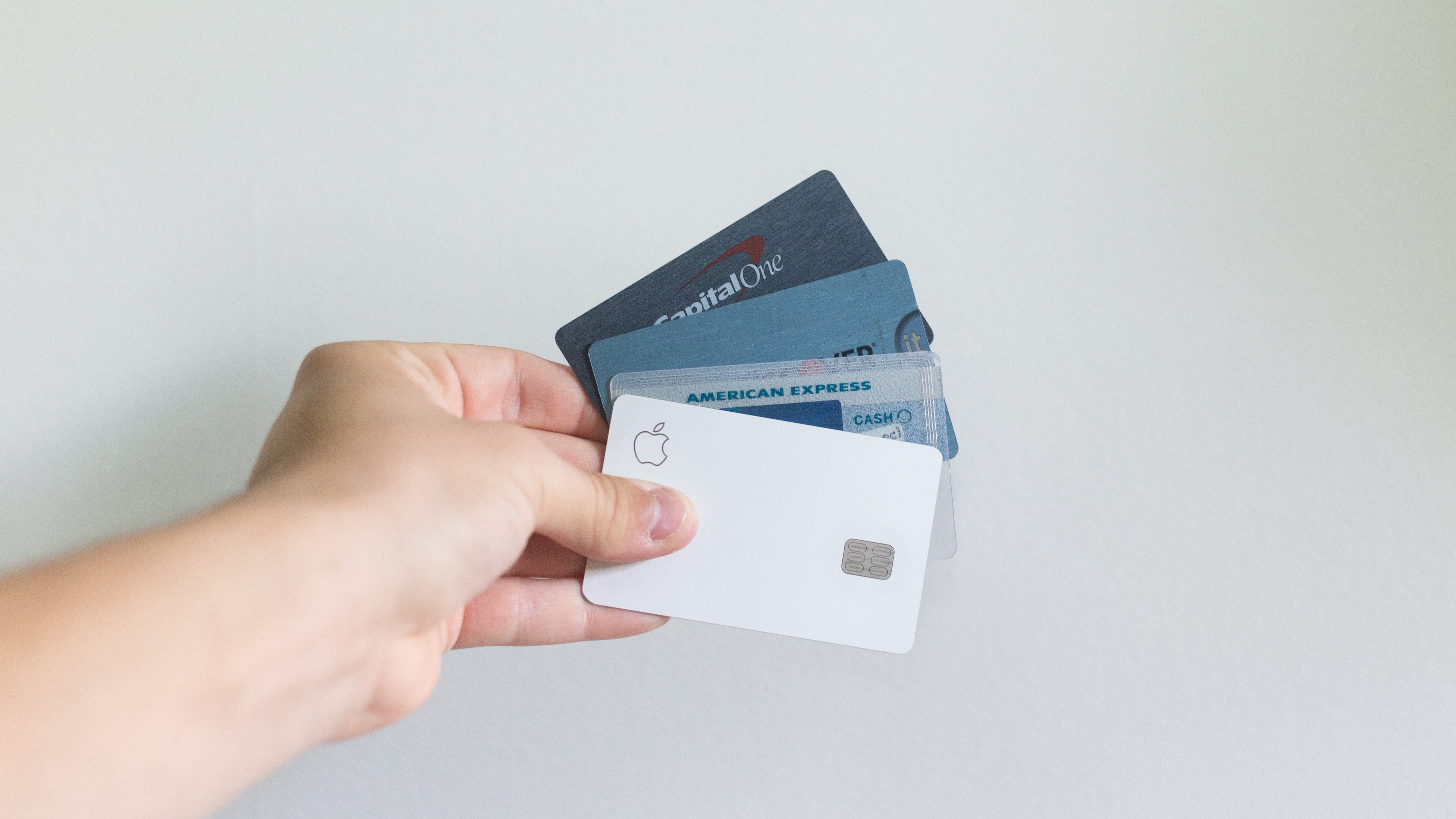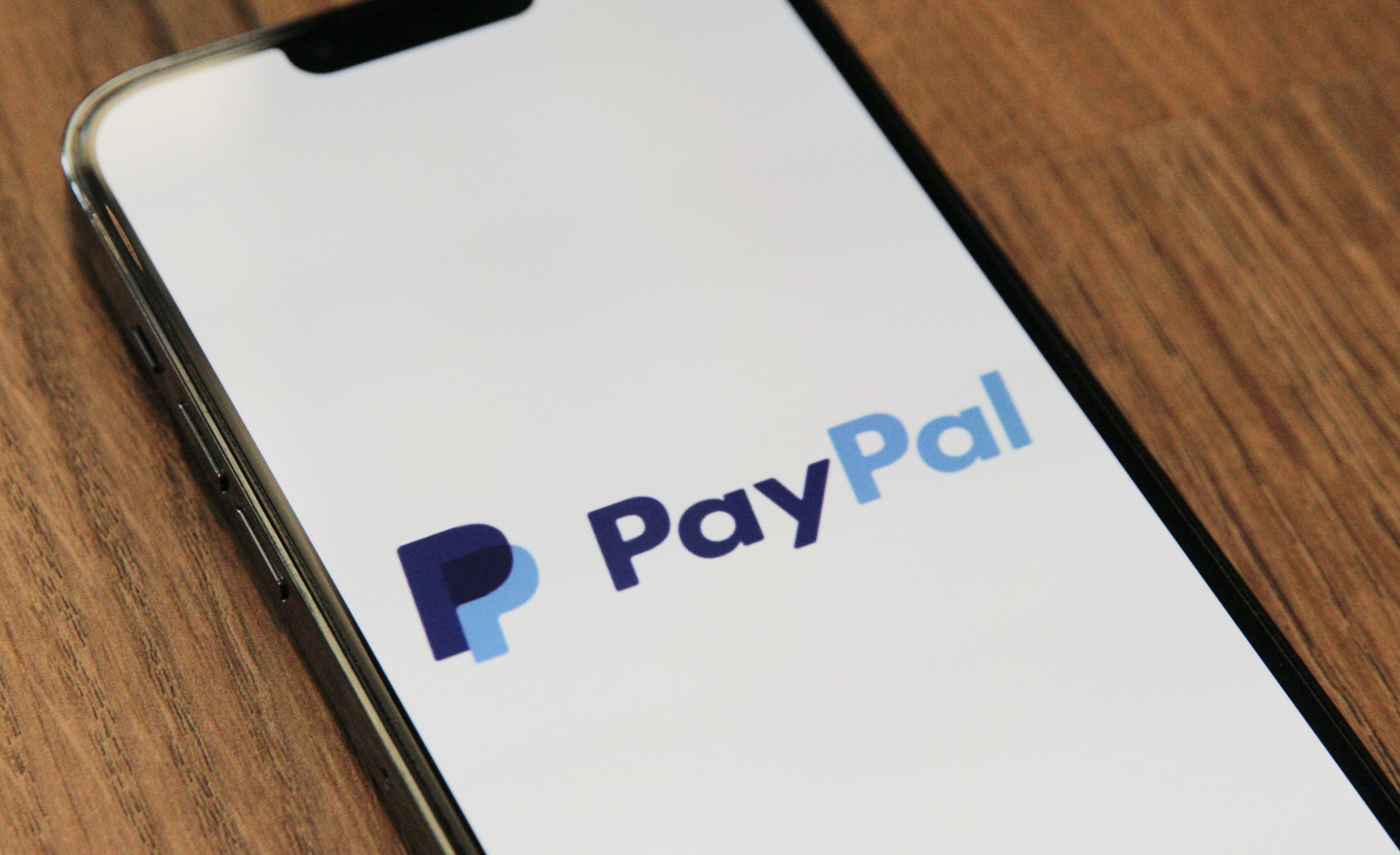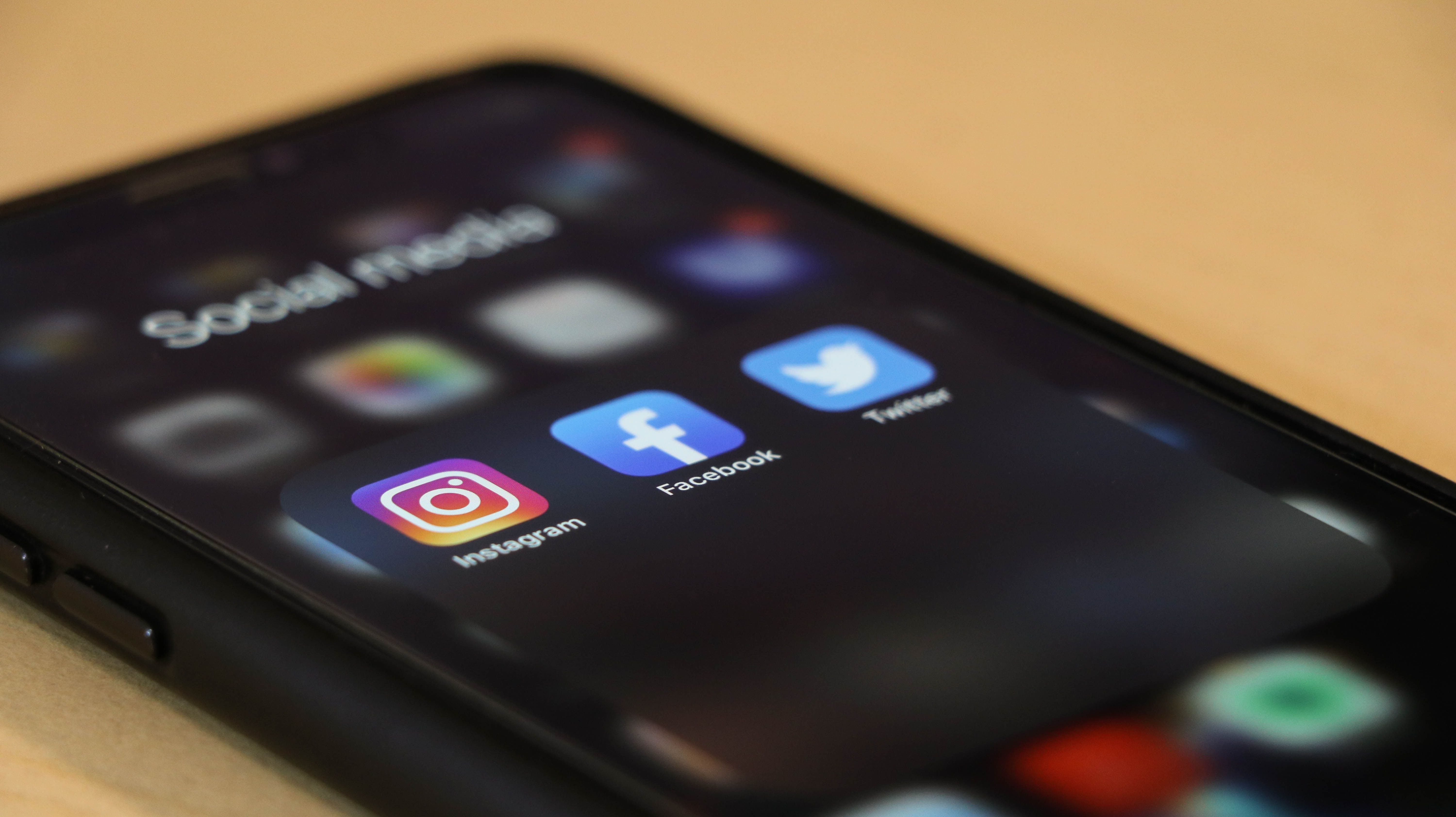Over the past few years, the availability of information and data prices on the Dark Web has drastically risen. This is in part due to the increase in cyber attacks since the start of the pandemic. We’ve reported on many recent security attacks such as the FlexBooker, Volkswagen, and Gigabyte breaches, as well as supply chain attacks like the SolarWinds breach.
A lot of the information stolen during security breaches eventually appears on the Dark Web, with valuable data such as credit card numbers, bank logins, and social media account credentials being sold for hundreds of dollars. Simply put, if you have the cash, you can buy pretty much anything on the Dark Web.
We’ve gathered statistics about what you can buy on the Dark Web and for how much to create this Dark Web Price Index for 2024. Here is what you need to know about how much your data costs, and how you can ensure it doesn’t end up for sale on the Dark Web.
Most Popular Data for Sale on the Dark Web
There are countless products for sale on the Dark Web but we’ve found the most popular data categories, all of which are seeing massive sale increases.
By far the most popular data for sale is credit card information, bank account logins, and payment platform credentials (such as PayPal). As well as this, crypto account sales have increased on the Dark Web as cryptocurrencies have shot up in value.
Social media account logins are also increasingly popular. Moreover, demand for the login credentials of other online services such as Netflix, HBO Max, and Hulu has increased, leading to an influx of information for sale on the Dark Web.
Malware and DDoS attack sales have also increased, with cybercriminals purchasing these to launch attacks on systems or carry out ransomware attacks. Given the rise of ransomware over the past couple of years, it is unsurprising to see that malware is one of the biggest selling products on the Dark Web.
We’ve taken a look at each category in more depth, to examine how much certain products sell for.
Credit Card Data
According to NordVPN, there are believed to be around 4 million credit card details available on the dark web. This is an incredibly high figure, but unsurprising, given that around 400,000 Americans suffer from credit card data theft. Here are some of the most shocking statistics about credit card details for sale on the dark web.
- Mastercard (PIN included) – $20
- Visa (PIN included) – $20
- American Express (PIN included) – $25
- US credit card (CVV included) – $17
- Details for credit cards with balances up to $1,000
- Details for credit cards with balances up to $5,000
There are also many international credit card details with CVV for sale on the dark web. Prices start at $15, with costs rising for specific countries including:
- Canada ($18)
- UK ($20)
- Australia ($30)
- Spain ($25)

Banking Login Data
Credit card transactions on your statement which haven’t been made by you are worrying enough, but imagine logging into your online bank account and seeing your balance has been wiped clean. Unfortunately, this is happening more frequently as banking login data is being sold on the dark web.
You can get online banking credentials for an account with a minimum balance of $100 for around $35. This price rises to around $65 for an account with a $2,000 balance.
Payment Platform Data
All payment services are at risk of suffering breaches with users’ data often ending up on the dark web. Below are the average prices for data from popular payment processing platforms in 2024.
- PayPal account credentials – $15
- PayPal account credentials with a balance up to $100 – $10
- PayPal account credentials with a balance up to $1,000 – $20
- Transfer from a stolen PayPal account – $15-$45, depending on the amount you get transferred
PayPal isn’t the only platform with user details being sold on the dark web. You can get Cashapp account details for $800, a TransferGo account for $510, a Western Union account for $25, and a Stripe account for $1,000. You can also pay for transfers from these accounts, for example, with a Western Union account transfer costing $30.

Crypto Account Data
With Bitcoin’s value shooting up, and other cryptocurrencies following suit, verified crypto accounts are more in demand than ever on the dark web. Due to the value that these hacked accounts hold, most prices start at around $100.
- Blockchain.com account – $90
- Coinbase account – $120
- Coinfield.com account – $120
- LocalBitcoins account – $120
- Cex.io account – $170
- Crypto.com account – $250
- Kraken account – $250
Online Services Data
You can access a hacked account for pretty much any online service on the dark web. For example, streaming service logins are extremely cheap, meaning you can get an illegal Netflix ‘subscription’ for less than you would if you signed up legally.
- Netflix subscription – $4-$25 depending on type of account
- Hulu subscription – $5
- HBO subscription – $4
- NBA League Pass – $7
There are various other types of online services for sale on the dark web. For example, you can get a Bet365 account for $40 and even an Uber hacked account (for drivers and users) at a cost of $15-35. There are also pornographic subscriptions on sale for around $5, and you can even get antivirus protection with a hacked Kaspersky account for just $5.
Social Media Data
Not only can you buy a hacked social media account via the dark web, but you can also buy likes and followers for next to nothing. This is unsurprising, given the amount of social media profiles with high follower counts yet low engagement.
- Facebook account – $45
- Instagram account – $40
- Twitter account – $25
- Instagram followers – from $4
- Instagram likes – from $5
- Twitter retweets – from $20
- Twitch followers – from $4
- Spotify followers – from $1
- LinkedIn page followers – from $10

Malware Data
Possibly one of the most dangerous products for sale on the dark web is malware. Cybercriminals can purchase malware and infect users’ systems via spam emails, or phishing sites. Given that ransomware cases have drastically increased since the start of the Covid-19 pandemic, it is unsurprising that the dark web has become the hub for buying and selling this specific type of malware. Malware for sale is divided into categories, depending on its likelihood of successfully infecting systems.
- Low-success rate malware – Prices range anywhere from $45 to $800. The price varies depending on the region of the world you purchase the malware for.
- Medium-success rate malware – Prices between $115 and $1,200
- High-success rate malware – This malware costs between $1,100 to $1,800
As you can see, malware is some of the most expensive data on the dark web. However, this is because it is the most profitable; ransomware attacks can earn cybercriminals millions of dollars, which is why this part of the dark web market is highly lucrative.
DDoS Attack Data
DDoS (Distributed Denial of Service) attacks are a common occurrence and occur when requests are sent to the same server at the same time. This causes websites to crash or gamers to be booted out of live-action online games. DDoS attacks are also used during political conflicts to bring down government sites, as seen during the Russia-Ukraine war in 2022.
- DDoS attack with 10-50k requests per second for an unprotected website – $10 for an hour, $45 for 24 hours, $450 for a week, or $850 for a month
- DDoS attack with 20-50k requests per second for a protected website – $200 for 24 hours
Documents for Sale
It isn’t just software and access to hacked accounts that you can buy on the dark web. There is also a growing market for fake documents, such as IDs, and passports. Fake documents are available in either digital or physical form and criminals can even buy counterfeit money on the dark web.
- A US driver’s license (scan form) – Ranging from $70 – $165
- US ID (physical form) – $150 – $160
- US Green Card – $160
- Russian passport (scan) – $100
- EU passport (physical) – $3,800
You can get a US ID from many states such as Texas, Nevada, Utah, and New York. Regarding European Union passports, you can also get one from pretty much any country. Be it France, Spain, or the Netherlands, there are many options on the dark web.
How to Prevent Your Data from being Sold on the Dark Web
If you’re worried about your credit card details or social media logins being stolen and sold on the dark web, there are a few things you can do to prevent this from happening.
First of all, never share your bank information or credit card details with suspicious third parties. Moreover, you should steer clear of entering your credit card details on unprotected sites. You can also have your credit card details stolen at ATMs. Criminals use ATM skimmers to replicate an ATM card reader, and then send your PIN and other information to the criminal instead of the bank. Make sure you check the card reader whenever you carry out an ATM transaction; if it feels loose or you struggle to get the card in, it could be a skimmer.
Regarding other data such as social media and other online account credentials, you should never enter your information on an unprotected site. Make sure you always use secured websites – check for the padlock symbol in the address bar to ensure the site you are on is encrypted and safe.
You should also change your password regularly and make sure you don’t re-use the same passwords for your accounts. Hackers use brute force attacks to guess passwords, and if you use the same password for all accounts, it is more likely that you’ll have all of them breached if a hacker guesses your password on one service.

Hi, I'm Madeleine. I'm a British writer with a global background, currently based in the UK.
I have always been interested in the online world and how it connects people worldwide. My keen interest in the internet led me to ...
Read more about the author